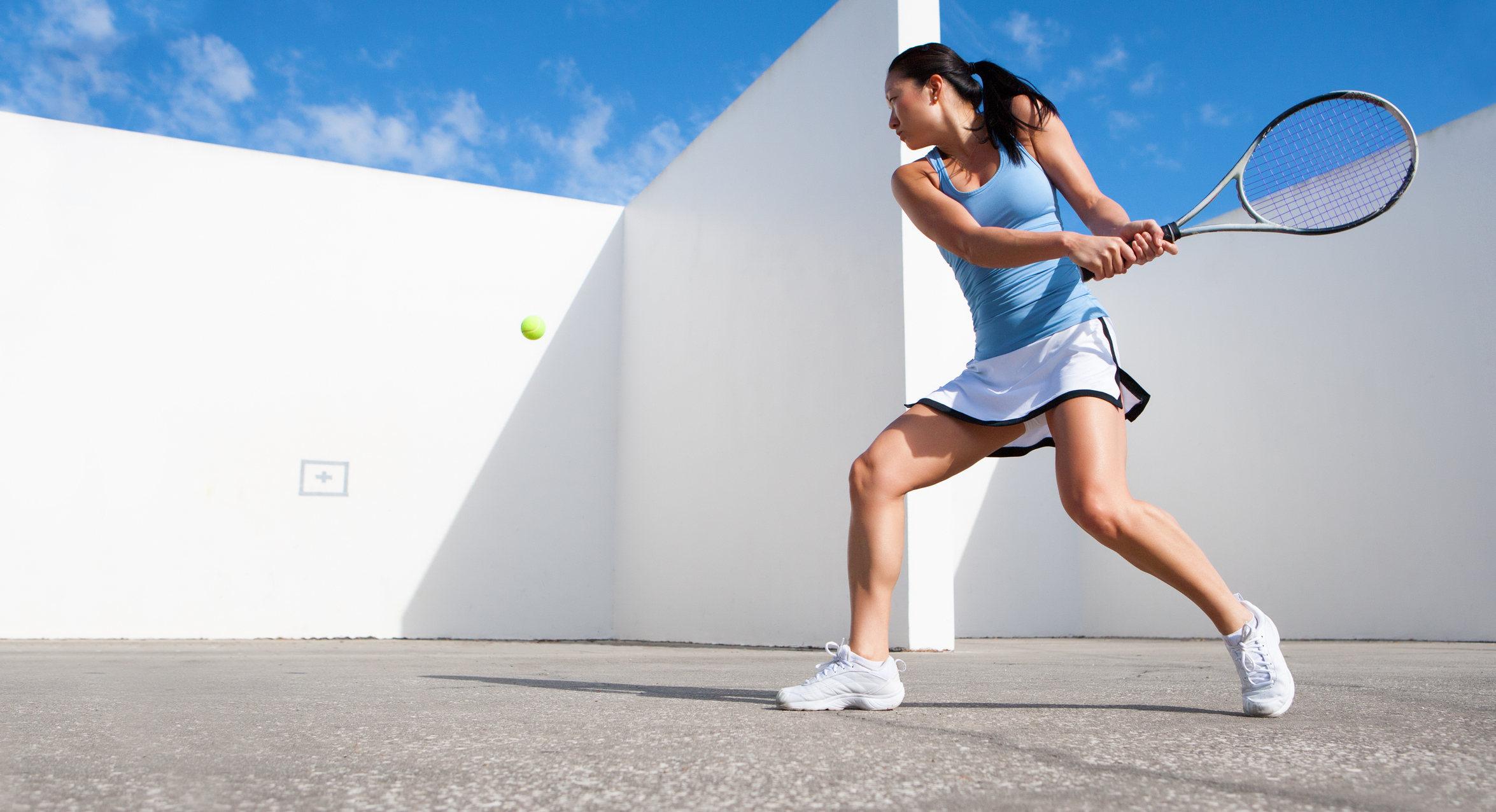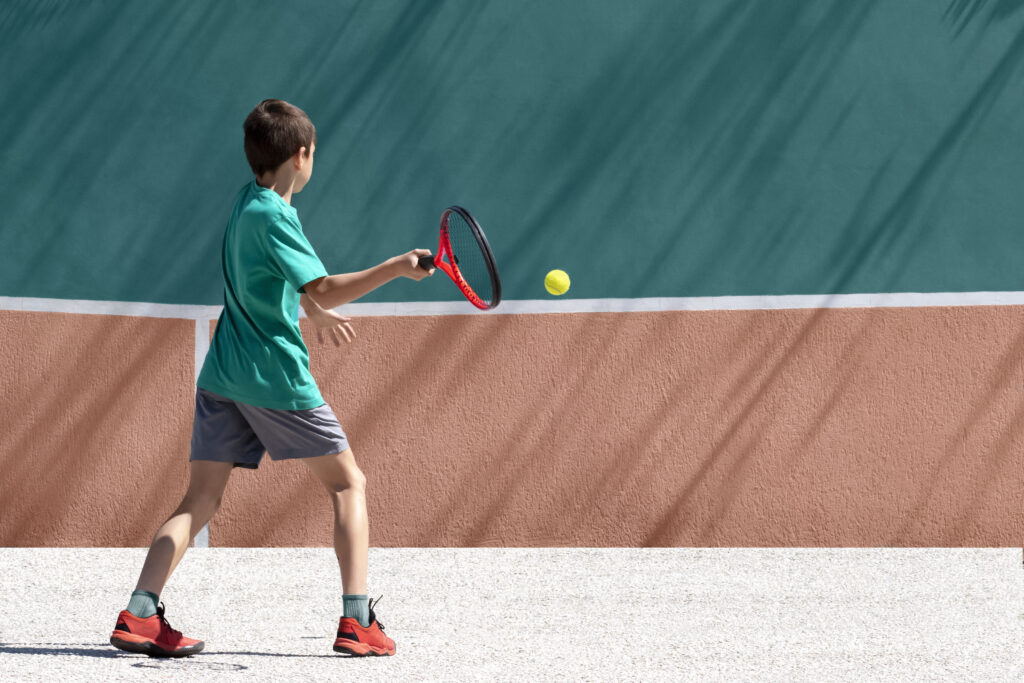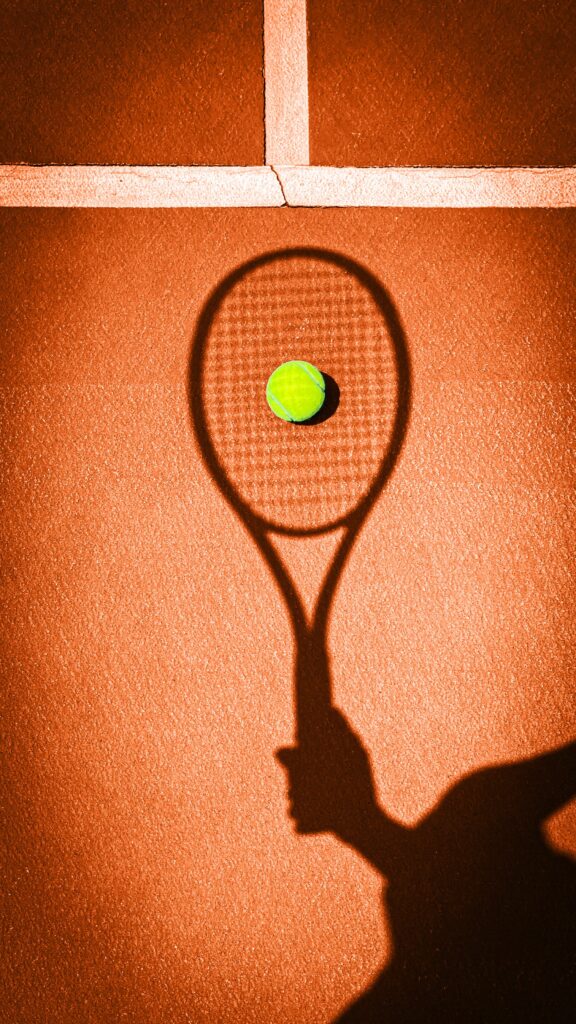Transform Your Game: Explosive Tennis Wall Drills for Breakthrough Success

Young female tennis player hitting tennis ball against a wall.
In This Article
Introduction
Tennis, a globally cherished sport, demands more than just innate talent; it necessitates relentless practice and continuous improvement. One effective method to enhance your skills is through tennis wall exercises, a valuable yet often overlooked tool for players of all levels. This article delves into the benefits of tennis solo practice using a wall, offering practical tips and drills aimed at refining your technique and maintaining top form.
Understanding the Tennis Wall
The Role of a Tennis Wall in Training
A tennis wall is not just a substitute for a human opponent; it’s a consistent, always-available training partner. It effectively simulates real-game ball dynamics, offering players a chance to work on their strokes, control, and endurance. It’s especially useful for players seeking flexible practice schedules and targeted skill improvement.
Equipment and Setup for Tennis Wall Practice
- Types of Tennis Walls:
- Permanent fixtures at clubs.
- Portable walls for personal use.
- Essential Gear:
- Standard tennis racket.
- Comfortable athletic shoes.
- Tennis balls appropriate for your playing surface.

Essential Tips for Effective Practice
Getting Started: Basic Techniques
Start with the fundamentals, standing about 10-15 feet away from the wall. Focus on your grip, stance, and mastering basic forehand and backhand strokes. This initial phase is about building muscle memory and gaining confidence.
Mastering Consistency and Accuracy
Progress to exercises that enhance your hitting consistency. Target a specific spot on the wall and aim to hit it repeatedly. This drill improves accuracy and helps develop a more reliable stroke, essential for high-pressure situations.

Advanced Drills and Exercises
In this section, move beyond the basics and challenge yourself with more advanced drills.
Improving Footwork and Agility
Efficient movement is crucial in tennis. Engage in side-to-side movements and quick footwork drills against the wall. These exercises are designed to improve your agility and efficiency on the court.
Enhancing Power and Speed
Now focus on building power. Intensify the force of your strokes and practice rapid volley exchanges. This not only improves arm strength but also reaction times, vital for fast-paced matches.
Incorporating Mental Training
Building Concentration and Focus
Mental toughness is a key component of tennis. Set challenging targets, such as hitting 50 consecutive strokes, to improve focus and resilience.
Strategy and Tactical Awareness
Use the wall to simulate different match scenarios. Vary your hitting height and speed to replicate various opponents’ styles. This aids in developing strategic thinking and adaptability.
Specialized Drills and Techniques
Dive into specific drills designed to polish particular aspects of your game.
- Serve Practice and Precision: Utilize the wall for serve practice, aiming at specific areas to enhance precision and power.
- Backhand Slice and Topspin Drills: Focus on the backhand slice and topspin shots. Repeated practice against the wall, concentrating on wrist movement and ball contact, refines these critical strokes.
As you can see, even the best players in the world practice against the tennis wall!
Integrating Fitness and Endurance Training
Incorporate physical fitness into your wall drills for a well-rounded approach.
- Cardiovascular Drills; Engage in movement-based drills that elevate your heart rate, improving overall fitness and endurance.
- Strength Training: Complement wall drills with exercises that build core strength, leg power, and upper body conditioning.
Analyzing and Improving Your Technique
Recording and Reviewing Practice Sessions
Record your sessions to analyze your technique and progress. Reviewing footage can reveal areas for improvement and track your development.
Seeking Feedback from Coaches or Peers
Engage with coaches or fellow players for feedback. Different perspectives can provide new insights and strategies for improvement.
Conclusion
Incorporating tennis wall training into your routine is key to advancing your skills. These targeted drills, coupled with regular practice, are steps toward tennis excellence. Embrace this journey with dedication to see a significant difference in your game.
FAQ
Most Frequently Asked Questions and Answers
Absolutely! Tennis walls are great for beginners as they provide a consistent and reliable way to practice basic strokes and improve hand-eye coordination.
While tennis walls are excellent for skill development and solo practice, they can’t entirely replicate the unpredictability and strategic elements of a real opponent. It’s beneficial to combine wall practice with regular match play.
This depends on your schedule and goals, but incorporating wall practice 2-3 times a week can significantly improve your skills.
Avoid standing too close to the wall, neglecting footwork, and not setting specific goals for your practice sessions.
Yes, you can practice your serve against a tennis wall. Focus on serve accuracy and power by aiming at specific targets on the wall.
Track your progress by setting specific targets, like the number of consistent strokes, and gradually increasing the difficulty of your drills.
Yes, there are specific backhand drills. Focus on both backhand slices and topspin shots, paying attention to your grip, stance, and follow-through.

